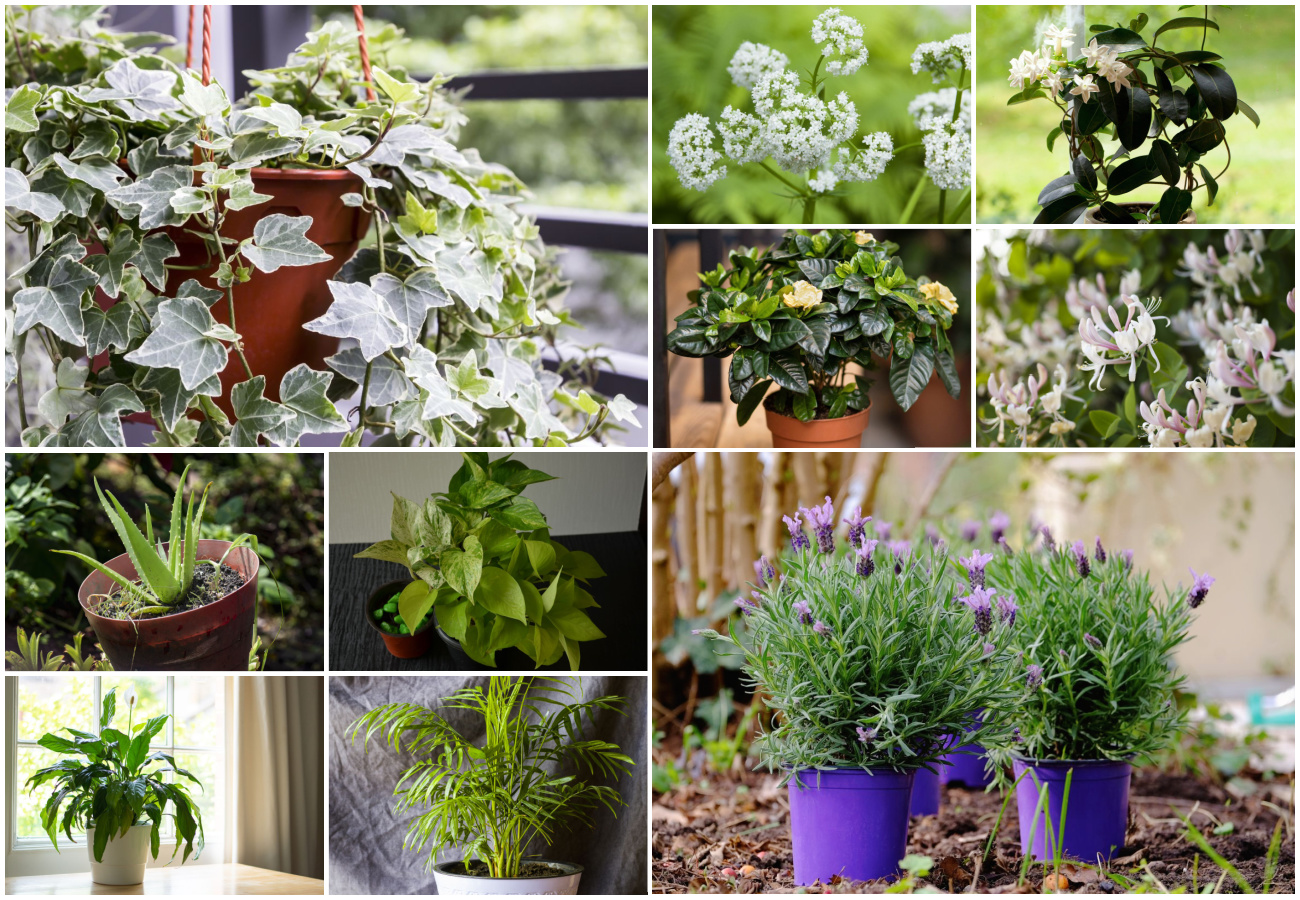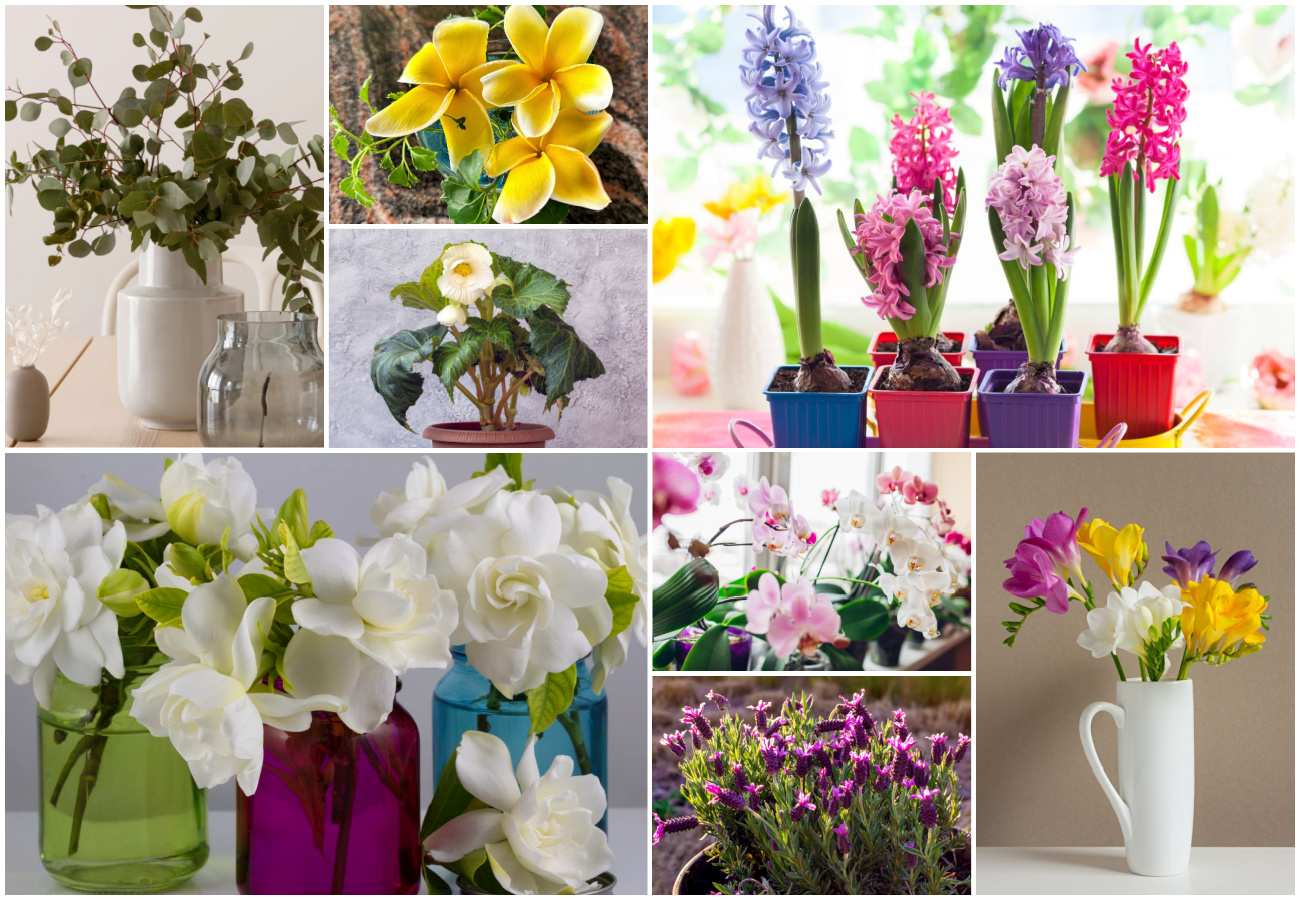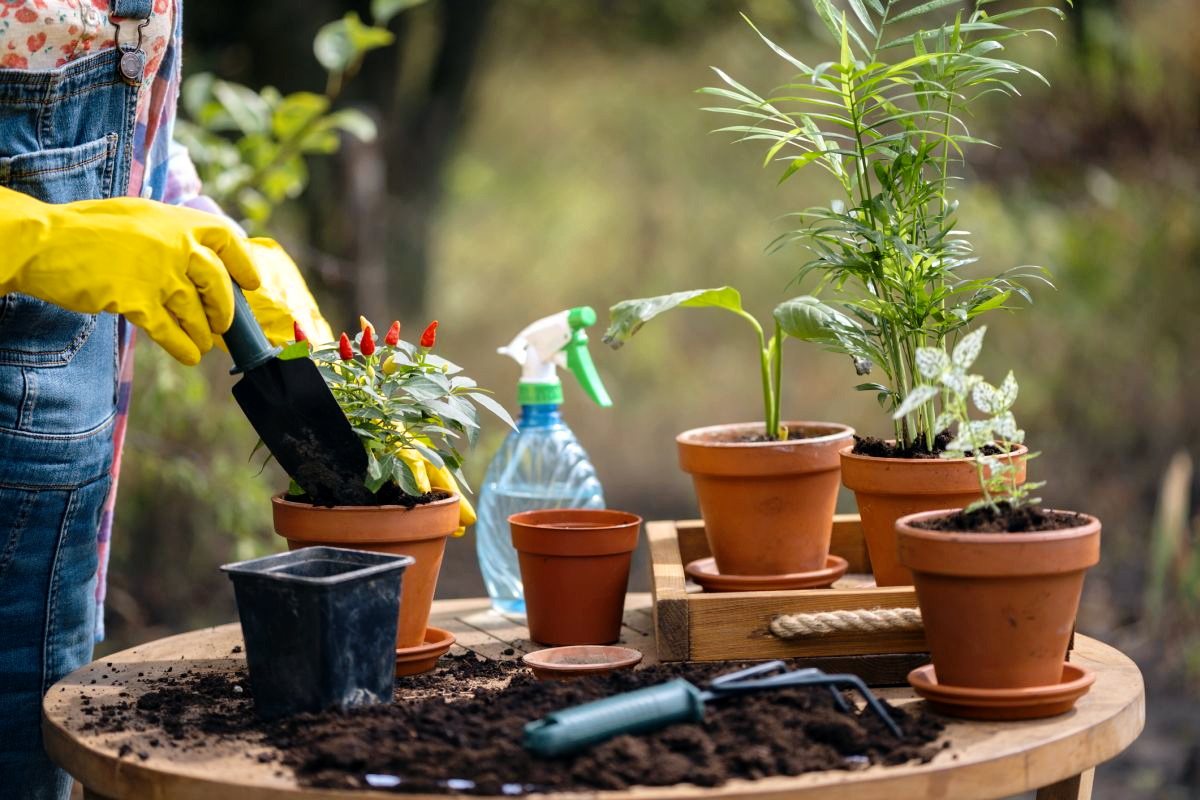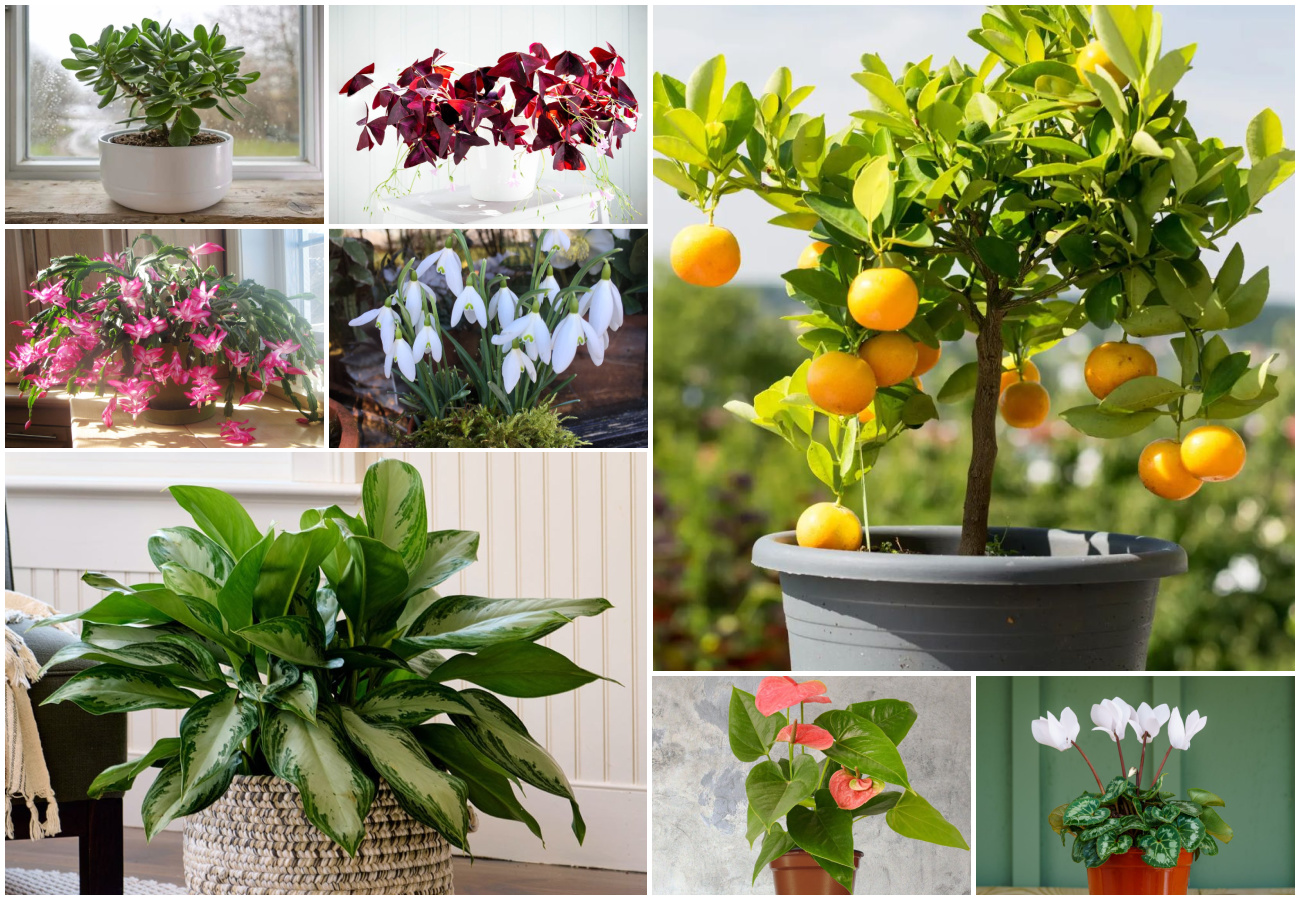Jade plants are relatively easy to take care of and provide a lovely succulent for any home. However, they will give indications when there is something wrong. Knowing what to look for and how to treat black spots on a Jade plant can ensure that you handle these symptoms as soon as possible.
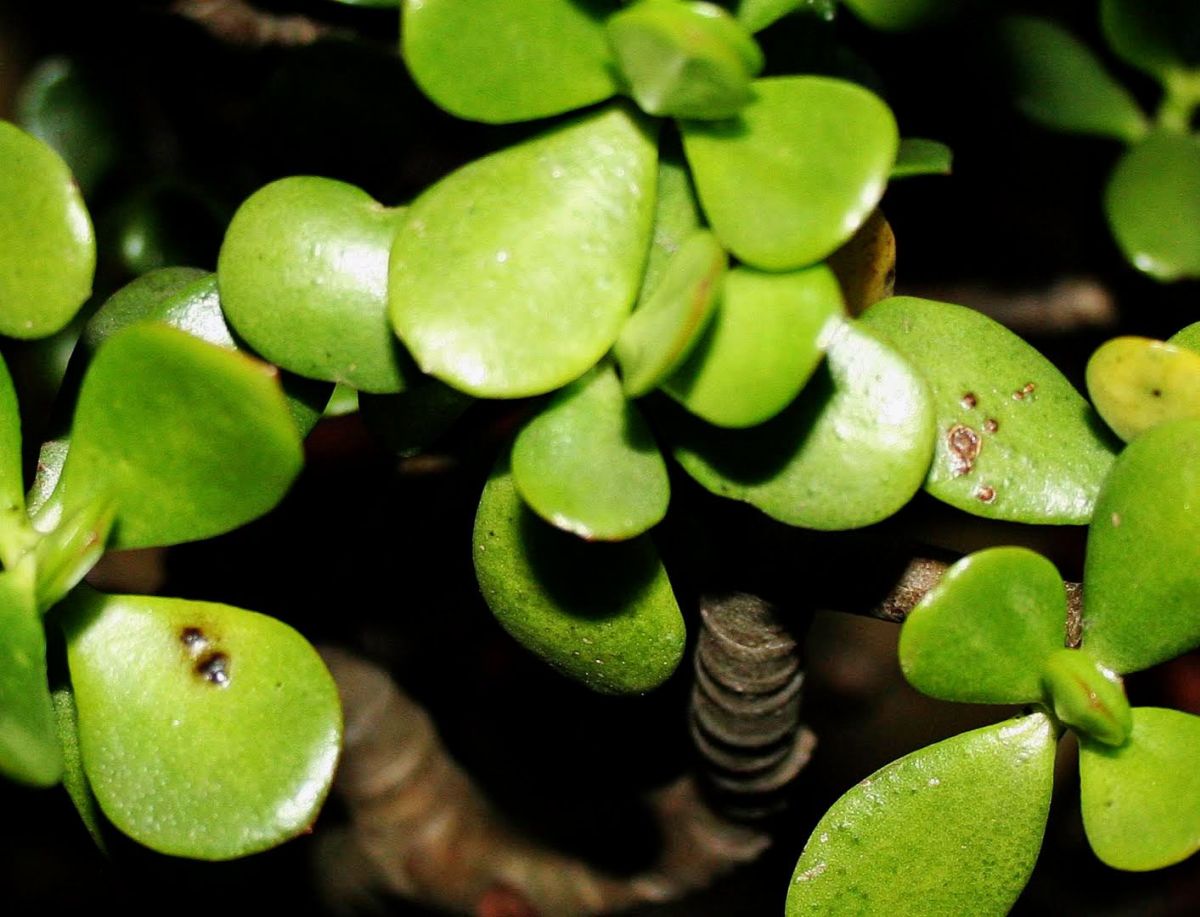
This comprehensive guide can help you determine why your plant is showing black spots and how to treat them effectively.
What Causes Black Spots on Jade Plants?
A Jade with black spots could be an indication of some severe or not-so-serious issues with your plant. Some of the more typical causes include:
- Overwatering
- Excessive humidity
- Fungal disease or bacteria
- Insect infestation
- Injury
Overwatering
Jade plants are relatively easy to take care of, making them a terrific option for plant lovers who want something low-maintenance. They are happy to have the soil completely dry out before watering. However, too much water for this species can create black spots.
This condition is known as edema. It will happen when the plant’s roots soak up more water than the plant can use efficiently, rupturing the plant’s cells and creating soft, squishy areas that turn dark.
If your Jade plant leaves feel squishy and are showing black spots, the first thing to check is the soil condition. If there is not ample drainage at the bottom, water can pool and keep the plant sitting in stagnant water, also contributing to the overwatering problem.

Excessive Humidity
Your current humidity levels can have adverse effects on your Jade plant. Their plump green leaves should be firm, but with excessive humidity, this plant will droop, become soft, and quickly deteriorate.
Although this succulent is a vibrant tropical plant, they do not require humid environments as other plants prefer. A room with 30 to 50% humidity is ideal for optimal growth. If your Jade plant is suffering and you suspect excessive moisture, you can remove it from the soil and allow the roots to dry out slightly before repotting it into new nutrient-rich soil.
Sometimes overwatering and excessive humidity contribute to fungal diseases that create problems for Jade plants.
Fungal Disease or Bacteria
Sometimes brown spots on a Jade plant or darkening areas indicate the beginning of fungal disease or bacteria on its leaves.
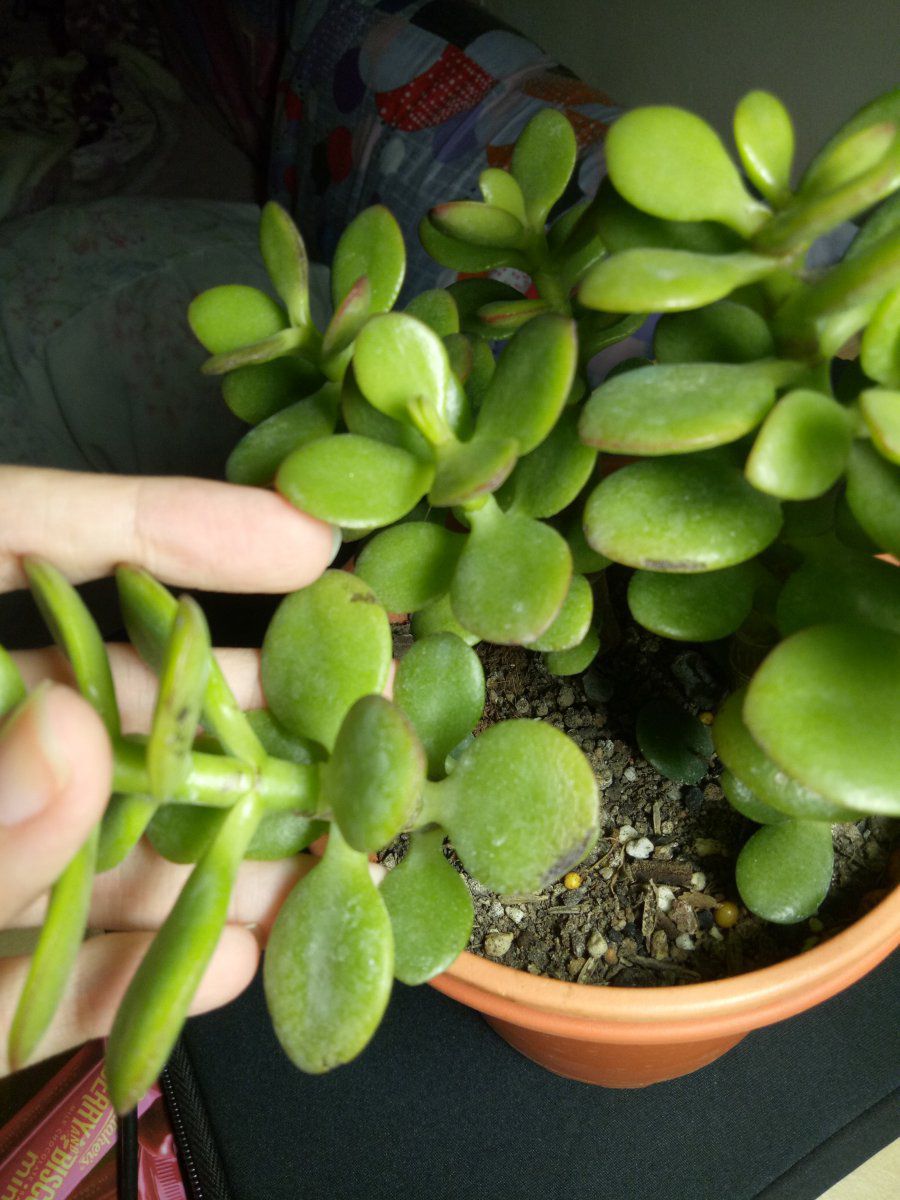
Black Ring Disease will create black rings on the underside of the Jade leaves. Removing and discarding the infected leaves is the only way to cure this Jade plant disease. Be sure to thoroughly clean and disinfect your gardening tools when trimming a plant with Black Ring Disease or you risk spreading it to other plants later.
Anthracnose is one common cause that will show black spots on a Jade plant. This fungal disease is more apparent in cool, moist climates.
Bacteria within the soil of your Jade can be a culprit to emerging black spots on your plant. Some bacteria will attach to the root system, causing root rot or sticking to the stem and leaves of the Jade plant. Bacteria are easily spread to other vegetation in the home through airborne particles or by using the same gardening tools you do not clean between trimmings.
Remember that anytime you suspect a fungal disease or bacteria problem, use care when handling and trimming the plant of its affected areas. Also, sterilize the tools you use to keep your resulting plants healthy.
Insect Infestation
If you notice tiny black spots on a Jade plant, you should be looking for an insect infestation. Some common bugs you may find on your plant that will cause black spotting may include:
- Aphids
- Spider Mites
Aphids can leave a black sticky substance on the leaves, quickly turning into black sooty mold. Jade plants with aphids should receive treatment as soon as possible to prevent spreading and losing the plant due to insects.
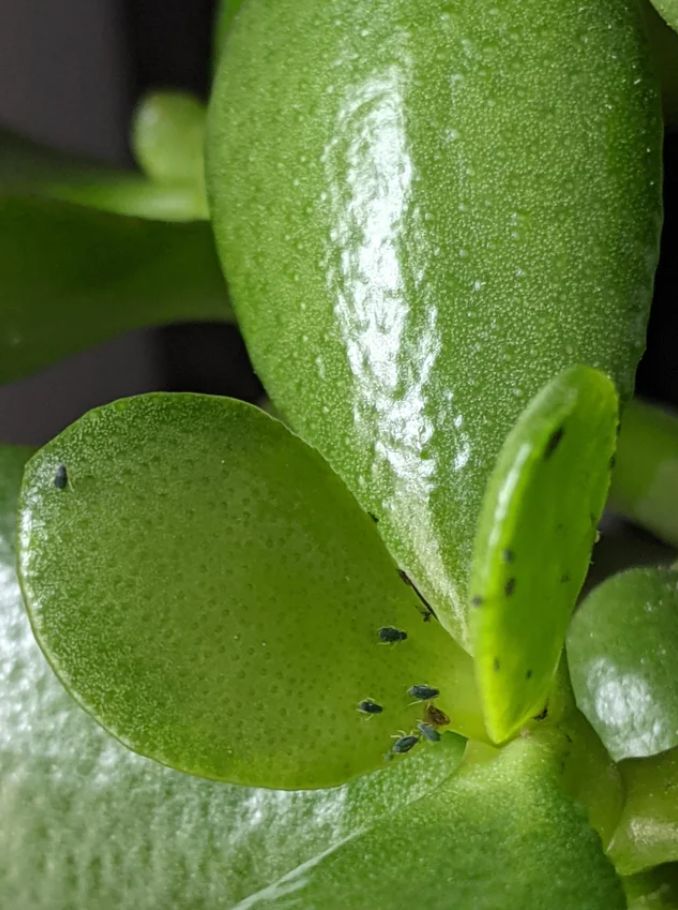
Spider mites will have characteristic webbing on the leaves, and you may notice tiny brown or black spots emerging. You can use rubbing alcohol to effectively remove spider mites from the leaves.
Commercial insecticidal soaps for succulents can quickly rid the leaves of these harmful bugs. Another simple remedy for insect infestations is natural oils, such as neem or canola oil. They help smother the bugs, and you can coat the stems and leaves to prevent further problems.
Injury
Occasionally if a Jade plant sustains an injury to the leaves, it will create black spots. Children and pets can bump, scratch, or pinch the leaves, damaging the internal cells and causing soft areas that will turn brown and black.
If something drops on a Jade plant, the damaged leaves may also show black marks. When your plant has an injury to its leaves and has black areas, you can simply trim them off. This way, the plant will thrive by redirecting nutrients to healthy leaves and stems rather than trying to repair damaged areas.
Considerations for Jade Plants
Jade plants will be dormant during the winter when natural light levels are lower than usual. During this time, they do not require as much water or humidity because they are not actively growing. Therefore, you must decrease the watering schedule during these dormant months to avoid black spots on Jade plants.
Jades prefer full sunlight, although they should not be in direct light against a window pane. If so, the leaves can suffer from scorching. Ensure that your plant has ample drainage and you use nutrient-rich soil, fertilizing regularly.
Conclusion
Jade plants can be terrific options for your home or office when you want a green, vibrant plant that does not require much care or attention. It thrives in low humidity and prefers to dry out before its next watering.
The best approach to avoiding black spots on a Jade plant is to ensure that it receives the proper watering and care. Using clean gardening tools will keep the leaves and roots free from fungus and bacteria. Regularly inspecting the undersides of the leaves is an easy preventative measure to keep your plant healthy.
If you notice any visible insect infestations or symptoms of diseases, be sure to take swift action to save a Jade plant from perishing, especially if you see any brown or black spots emerging.
FAQs
If you have any other health concerns regarding your Jade plant, take a look at these commonly asked questions below.
Many Jade plants will quickly recover from black spots once you determine the cause and treat it accordingly. Naturally, overwatering or excessive humidity is easier to treat and revive your plant.
Alternatively, if it has an insect infestation or disease, early diagnosis will help bring your plant back to health rather than waiting until it is too late.
It may not be a serious concern if you suddenly notice black spots on your Jade plant. Often, when caught early, you can reverse any damage. Overwatering or high humidity climates are easy to remedy, while some insects can be simple to remove from your Jade to keep it healthy and thriving.
But if you leave your Jade without any intervention, it can lead to more severe problems for your plant.
Many plant owners will see emerging black spots on Jade plants during winter. These symptoms appear when the plant does not need as much water during the dormant season.
Thankfully, you are not the only plant lover facing this common issue, and you can quickly get your Jade back to thriving in no time.

